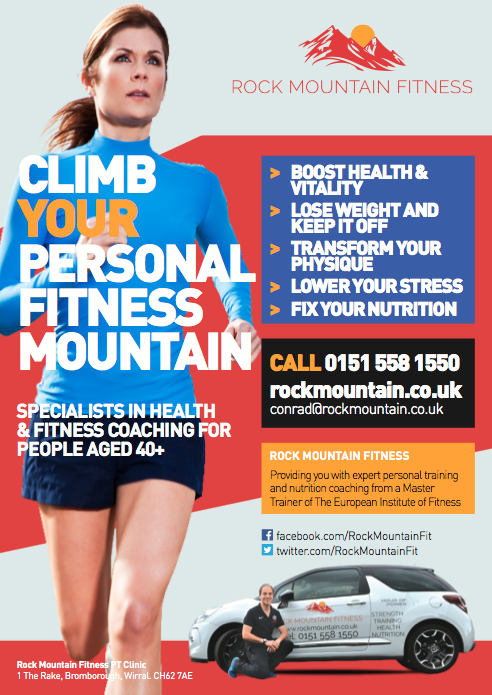I’ve completed a fair few runs over the years:
- 6 marathons or over-marathon distance (Trail Marathon Wales, Excalibur, Howgills)
- 25 Half-marathons on and off-road and some at night. Best time for my current ‘decade of age’ is 1:41 (always reset your PB when you turn over a decade)
- Early runs – most events start early to avoid excessive heat later in the day and the issues that dehydration can bring. You just need to get used to getting up early at weekends and running, there is no other way around that one.
- Anterior Tibialis pain – also known as shin splints – is excessive use of the muscles that run down the front of the tib & fib in to the top of the ankle. Generally speaking there will be a weakness somewhere further up the kinetic chain (from the sole of your foot ie your ground effect, up to your hip and then across the pelvic girdle and up to the opposite shoulder).
Need help with your posture & biomechanics? Strengthen your glutes specifically for running – lots of squats and also single leg squats trying to keep knee in line w/foot and in line with or behind toes.
- You may also need a more supportive or more cushioned shoe to help with motion and shock absorption though my preference is to go minimalist on the sole, it takes time and patience to develop the strength in the bones and tendons of the foot
- You should also try reverse lunges – so a classic lunge is to take a big step forward with L leg and bend at knee whilst keeping R leg stretched out behind you; A reverse Lunge is better for runners – you step the L Leg BACKWARDS and then let the R leg/knee bend as you stretch the L leg back. The L knee should also bend deeply and try to keep it off the floor.
These exercises will help develop the right muscles further up the leg to strengthen and ‘injury proof’ the lower leg for running and biomechanical efficiency…… I feel a Skype call coming on if this needs further explanation.
[originally written for a client who completed Paris Marathon in 3h:12]

